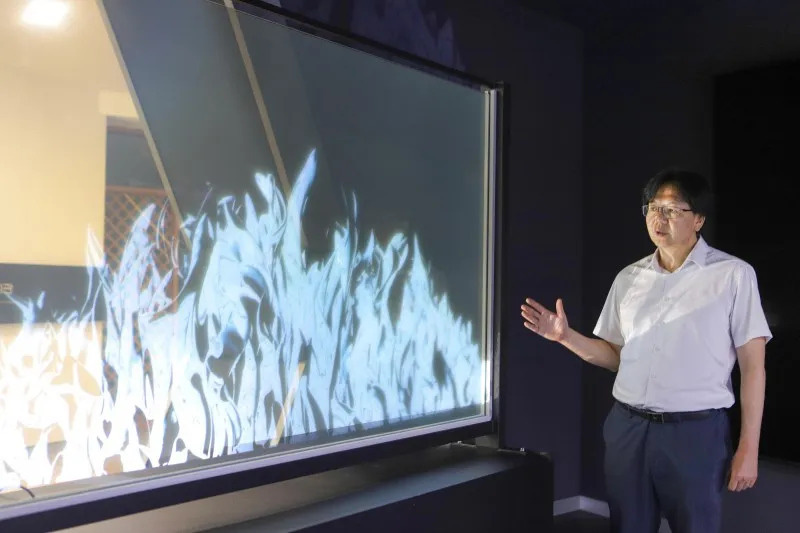
100-inch transparent nano display (NTS) as thin as a human hair - Photo: Korea Institute of Machinery and Materials
Using a new film material, scientists have developed a 100-inch transparent nano-display (NTS) that is as thin as a human hair and capable of displaying detailed images with high levels of color and light clarity.
The display is capable of displaying the most detail at its dimmest, while being highly reflective to target light, producing a clear image when projected with a beam, and has a 170-degree viewing angle with no loss of angle on both sides.
Researchers at the Korea Institute of Machinery and Materials (KIMM), in collaboration with private company Meta2People, have begun commercializing this transparent nano-display.
The display is manufactured using a roll-to-roll process, they said, in which a film is treated with tiny particles of titanium dioxide.
These nanoparticles give the NTS strength and improve the optical quality of the film, meaning the image projected onto it remains sharp. The film is also coated with a crystalline polymer called polymer-dispersed liquid crystal film (PDLC).
By applying an electric field to the crystals, PDLC becomes more or less transparent, allowing the display to become more opaque when the user wants to see more detail on it.
According to the researchers, a transparent OLED display would normally cost around $72,000. But their new panel is only one-tenth of that.
They stress that this type of display can be replicated in existing manufacturing conditions and can withstand extremely high or extremely low temperatures, meaning it can be used both indoors and outdoors.
Scientists hope the new technology could lead to more affordable transparent TV screens in the near future.
Patented transparent nano display technology
The researchers are just beginning their journey to commercializing transparent nano-displays, but they have already patented their technology.
"This is an innovative, cutting-edge technology created through the combination of nanomaterials and nanofabrication technology with existing IT technologies," said Jun Ho Jeong, principal researcher at the Korea Institute of Machinery and Materials.
"In the future, we will focus on research and development to continuously improve quality and lead the popularization of transparent displays," he added.
Source: https://tuoitre.vn/sap-co-tv-man-hinh-trong-suot-100-inch-mong-nhu-soi-toc-20240722061514426.htm







![[Photo] Ministry of Defense sees off relief forces to the airport to Myanmar for mission](https://vstatic.vietnam.vn/vietnam/resource/IMAGE/2025/3/30/245629fab9d644fd909ecd67f1749123)


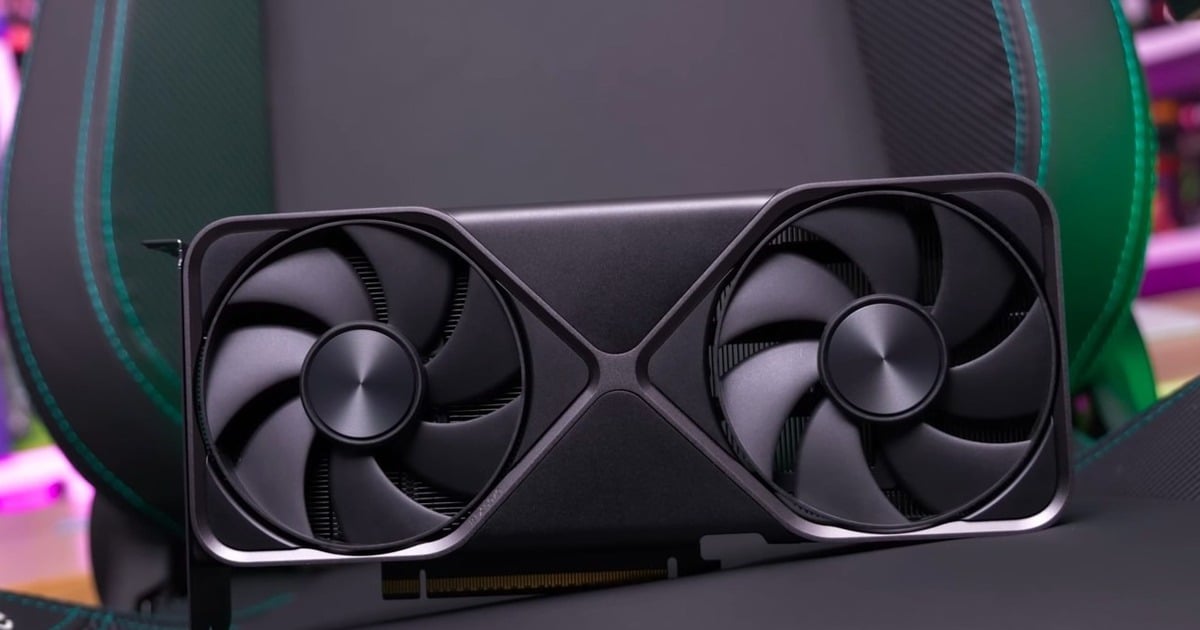






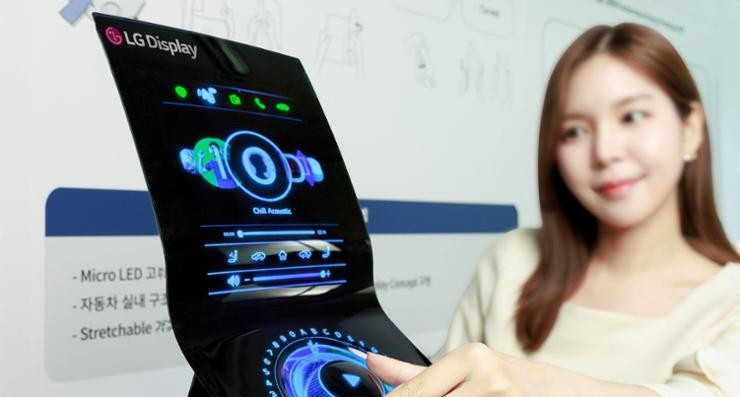


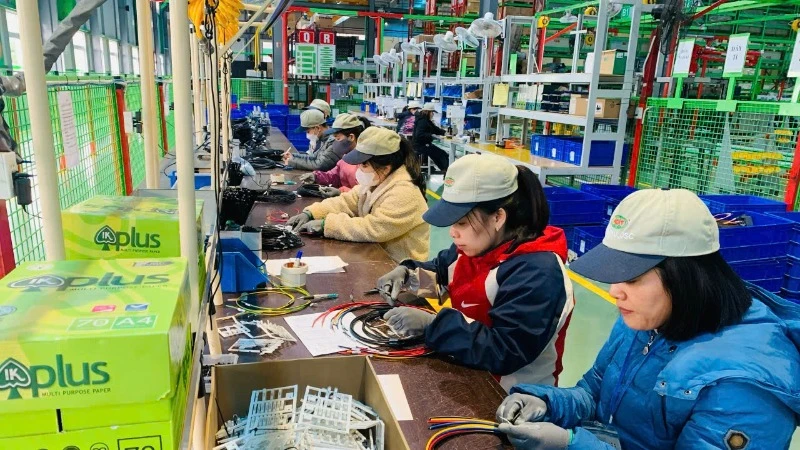







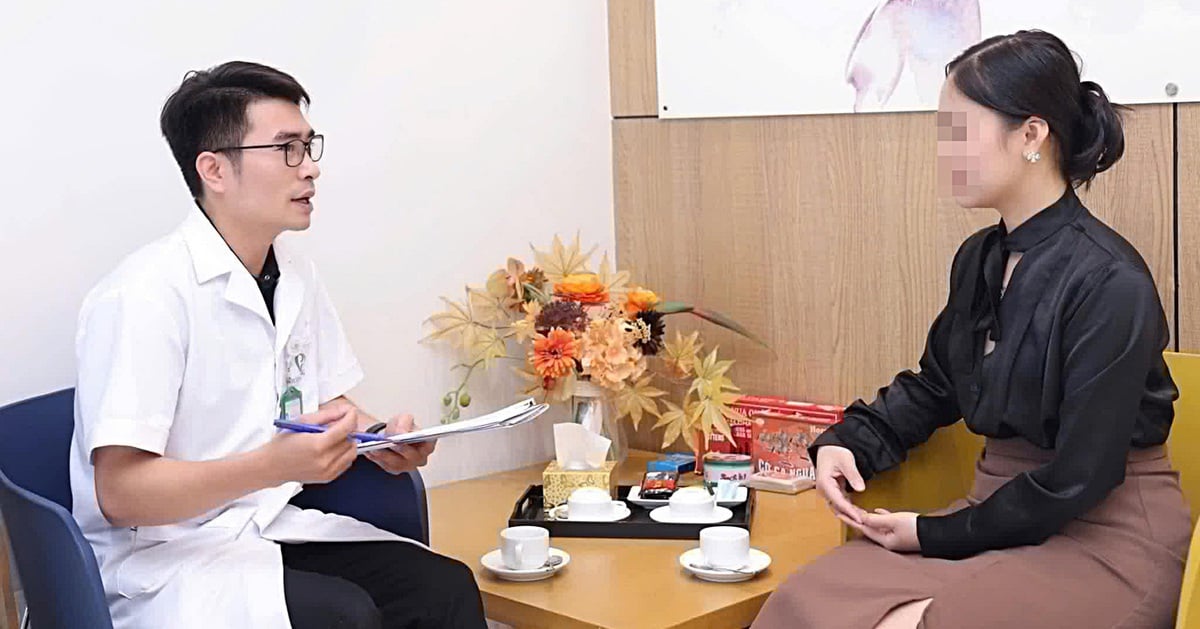


![[Photo] Prime Minister Pham Minh Chinh chairs meeting to remove difficulties for projects](https://vstatic.vietnam.vn/vietnam/resource/IMAGE/2025/3/30/7d354a396d4e4699adc2ccc0d44fbd4f)


















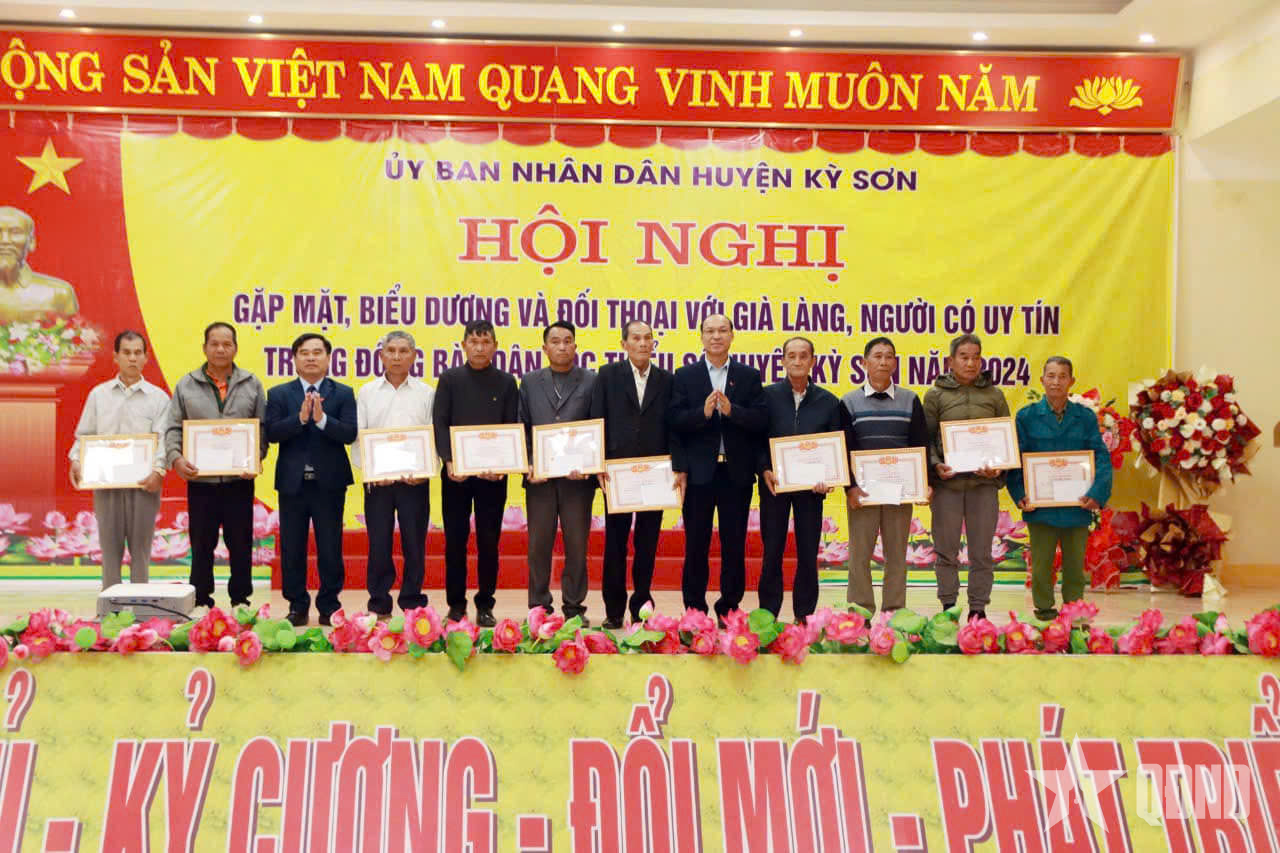











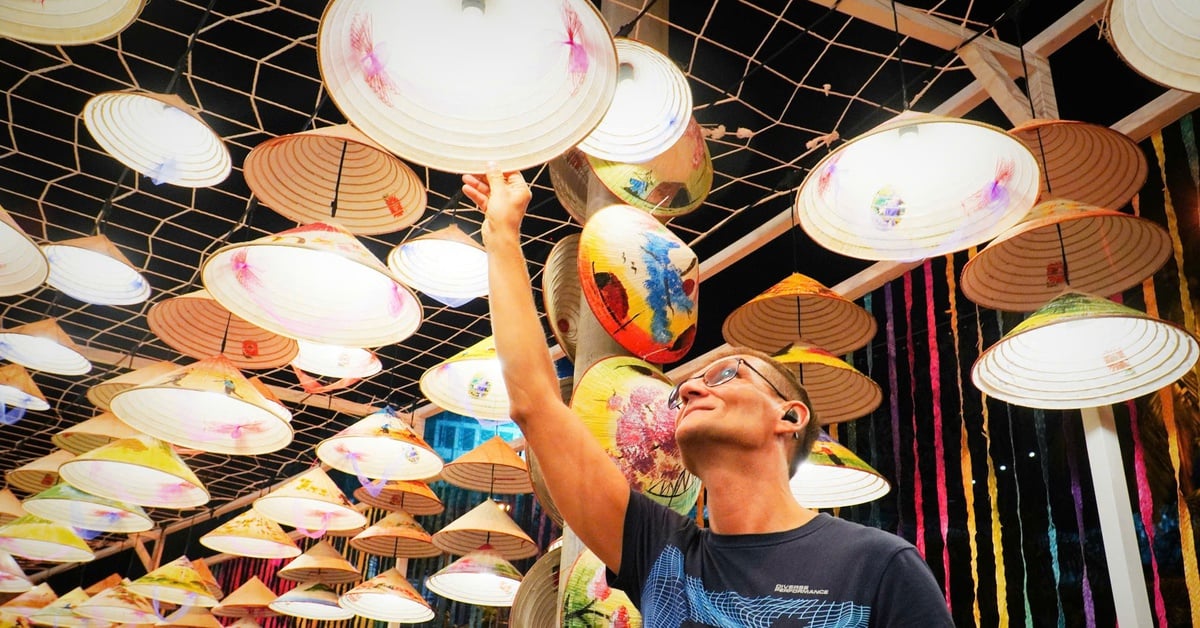

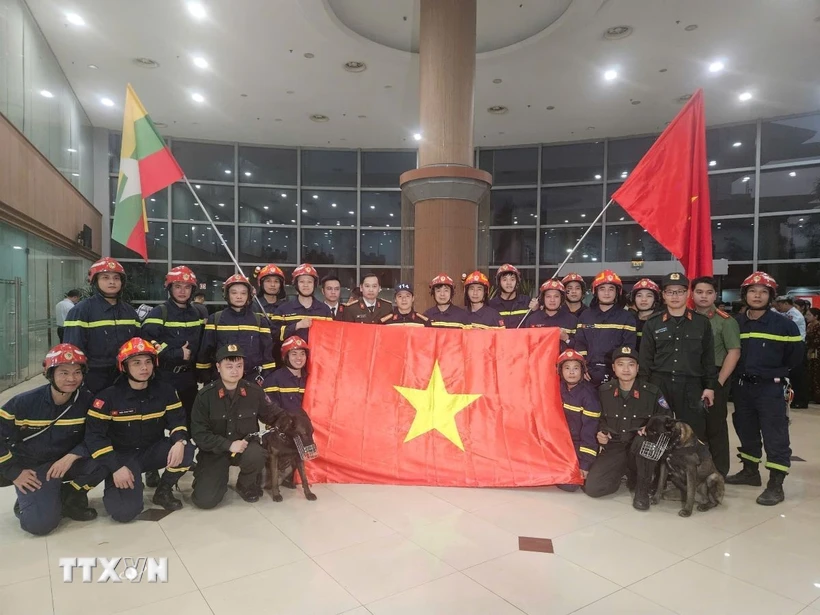







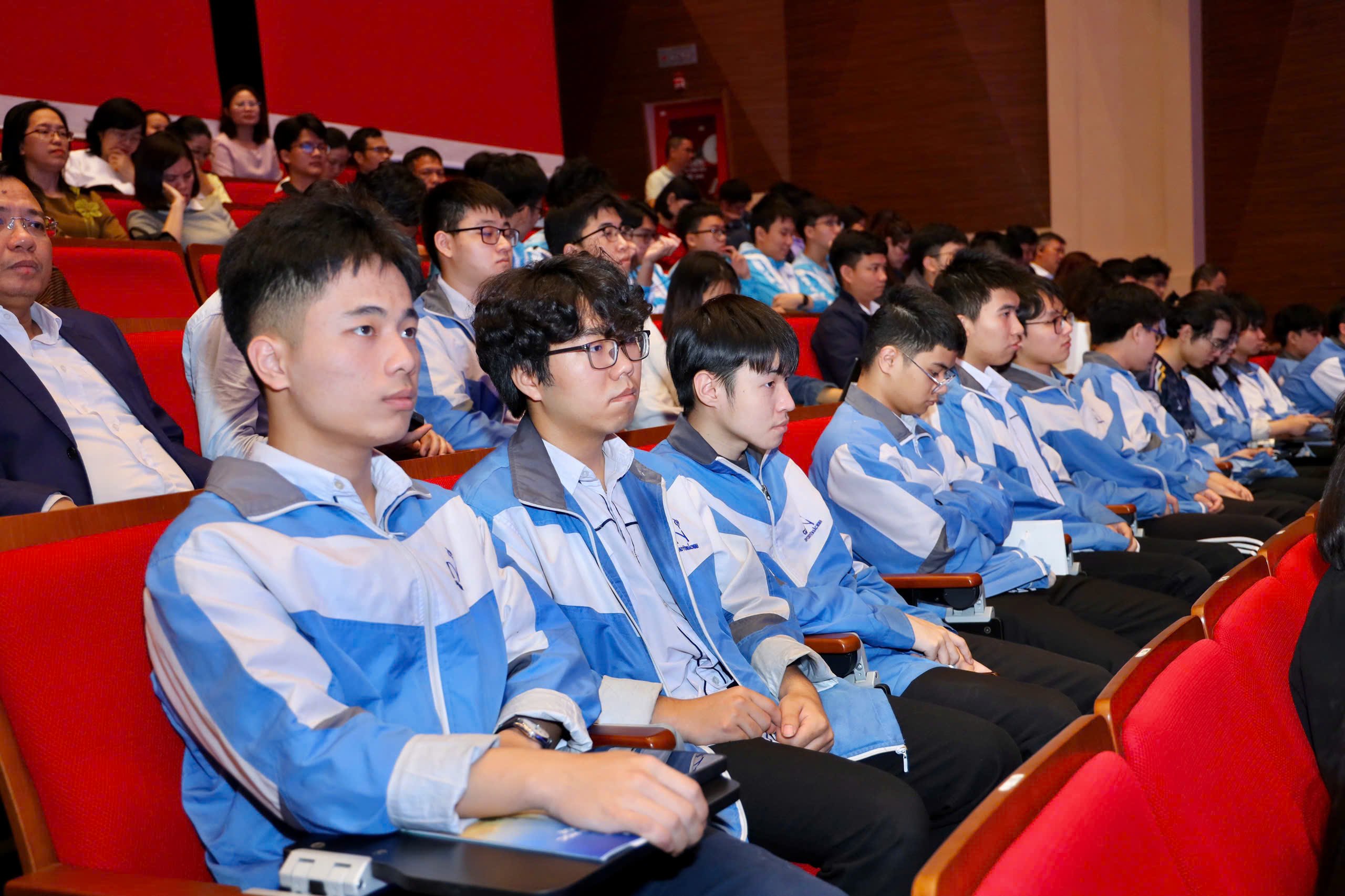





















![[REVIEW OCOP] An Lanh Huong Vet Yen Cat](https://vstatic.vietnam.vn/vietnam/resource/IMAGE/2025/3/27/c25032328e9a47be9991d5be7c0cad8c)


Comment (0)